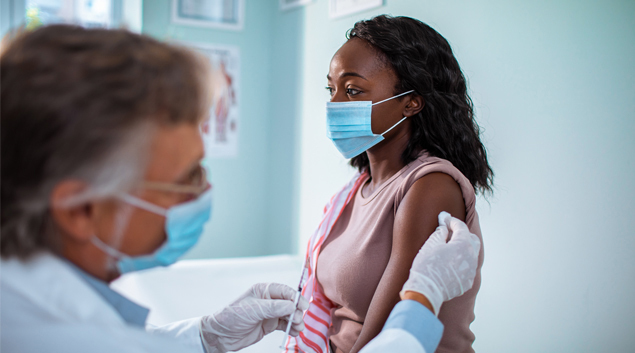
The Cleveland Clinic’s inhabitants well being crew has discovered a method to take care of all the knowledge crucial to focus on at-risk and susceptible populations.
The crew makes use of algorithms to provide them a danger stratification so as to grasp the inhabitants in want of assets. As importantly, it offers them actionable knowledge on the time of decision-making.
“The clinic has lengthy emphasised the significance of actionable knowledge in the meanwhile of care supply,” stated Adam Myers, chief of inhabitants well being for the Cleveland Clinic.
HIMSS20 Digital
Be taught on-demand, earn credit score, discover merchandise and options. Get Began >>
Myers spoke with Jonah Comstock, director of content material improvement and editor-in-chief for HIMSS Media, throughout HIMSS’s Machine Studying & AI for Healthcare Digital Summit, Wednesday, December 2, in “Letting Knowledge Join the Group Well being Dots.”
Cleveland Clinic developed the danger algorithm utilizing 120 variables from the digital well being file, claims knowledge, and labs and different outcomes, to find out the probability that somebody would encounter an issue.
Having the algorithms is the one method to take care of overwhelming quantities of knowledge and an enormous inflow of COVID-19 sufferers, he stated. The algorithms course of the information for significant adjustments so the care groups aren’t responding to each little fluctuation.
The algorithm automates sure actions, giving well-defined, computer-implementable directions. Whereas the massive Cleveland Clinic makes use of machine studying and AI in lots of its techniques, the algorithm’s risk-stratification device shouldn’t be primarily based in machine studying.
“The chance-stratification device actually helps us goal our interventions,” Myers stated.
Two interventions particularly have proven robust outcomes.
One is throughout the care at-home division. The crew appeared on the highest danger sufferers with comorbidities to make use of layers of interventions. They’ve an organization that goes to individuals’s houses to assist sufferers with related units that feed knowledge into the EMR.
This program was ramped up throughout COVID-19, when nobody needed to go to a doctor’s workplace or hospital. Pre-COVID-19, care at dwelling had about 2,000 sufferers. Inside two weeks of the pandemic, this system had 200,000 sufferers.
The well being system noticed a 35% discount in hospitalizations because of in-home monitoring, in line with Myers.
All the data is accessible.
“It is vital to have the ability to look throughout your entire panel,” Myers stated, “and decide not simply who’s coming to see us, however who is not coming to see us [who] may probably want our assist.”
The crew takes an hour every week to pause in its common take care of a panel administration plan, to see which sufferers have gaps in care that have to be addressed.
By these strategies, they have been capable of emphasize and enhance tighter ambulatory administration. In a single 12 months, the Cleveland Clinic noticed a rise of 9.5% in what Myers known as “ambulatory touches.” Throughout that very same 12 months, in a management inhabitants of about 100,000 Medicare sufferers, it noticed a 7.5% discount in inpatient stays.
“So, 9.5% funding of extra touches in administration on the ambulatory aspect yielded a substantive discount in inpatient utilization,” Myers stated.
For COVID-19 sufferers, a high-touch COVID-19 monitoring program makes use of related units and frequent outreach for a 7.5% discount in hospitalizations for COVID-19 sufferers who’re capable of handle their care at dwelling.
The Cleveland Clinic geo-mapped their COVID-19 take a look at outcomes to foretell the following scorching spots. In some instances, the well being system was capable of inform native well being departments of scorching spots growing earlier than the well being officers had them on their radar.
One other success because of algorithms has been in diabetes administration. To grasp blood sugar ranges, having a blood pattern on the time of the physician’s appointment makes for a extra fruitful go to.
The Cleveland Clinic had established a bunch of 30 medical assistants who labored to contact sufferers to get these exams completed earlier than an appointment. The system labored, however it was very labor intensive, Myers stated.
The inhabitants well being crew constructed an algorithm to automate the method right into a half-time job for one individual. It resulted in higher outcomes and a much better use of individuals, he stated, as these 29-and-a-half positions have been used for affected person care.
One other good thing about the risk-stratification device for inhabitants well being is that it checks all of the containers towards value-based care.
“Expertise,” Myers stated, “is crucial for value-based work at scale.”















